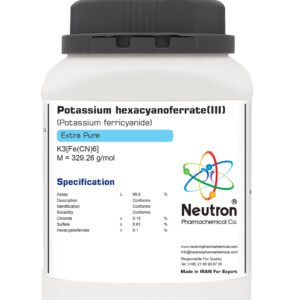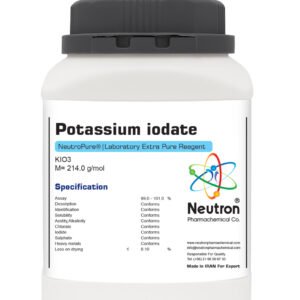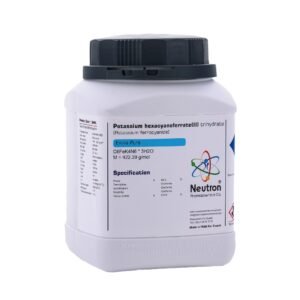1 کلروبوتان
| Formula | C4H9Cl |
| Chemical formula | CH3(CH2)3Cl |
| Density | ~ 0.886 g/cm3 (20°c) |
| Molar mass | 92.58 g/mol |
| CAS number | 109-69-3 |
| HS Code | 602-059-00-3 |
| EC number | 29031980 |
| Storage | store at +15 to +25 °c |
| SDS | available |
| RTECS | EJ6300000 |
| R phrase | R 11 |
| S phrase | S 9-16-29 |
| Odour | pungent |
| Form | liquid |
| Color | colourless |
| Explosion limit | 1.8 to 10.1 vol % |
| Ignition temprature | 280 °C |
| Solubility in water | ~ 0.5 g/l (20 °C) |
| Solubility in ethanol | miscible in all proportions |
| Flash point | _17 °C |
| Melting point | ~-123 °C |
| Vapur pressure | ~110 hPa (20°C) |
| Viscosity dynamical | 0.45 mPa*s (20°C) |
| Purity | ≥ | 99.0 | % |
| Description | Conforms | ||
| Identification | Conforms | ||
| Specifiic gravity | 0.885 – 0.887 |
Chlorobutane is a group of colorless, flammable organic liquids consisting of two structural isomers: 1‑chlorobutane and 2‑chlorobutane. Both are members of the alkyl halide family and are used primarily as intermediates in organic synthesis.
🏭⚗️ Production
1‑Chlorobutane is typically produced by the reaction of 1‑butanol with hydrogen chloride, where the hydroxyl group is replaced by a chlorine atom. In contrast, 2‑chlorobutane is commonly prepared either by the reaction of 2‑butanol with hydrogen chloride or by the addition of hydrogen chloride to 2‑butene.
🔬 Properties
Chlorobutanes have the chemical formula C₄H₉Cl and a molar mass of approximately 92.57 g/mol. Both isomers are volatile, colorless liquids with sweet, ether-like odors. 1‑Chlorobutane has a boiling point around 78 °C, while 2‑chlorobutane boils at approximately 68–70 °C. They are poorly soluble in water but readily mix with organic solvents such as ethanol and ether. These compounds are relatively stable under ambient conditions but are flammable and can form explosive mixtures with air.
🧪 Applications
Chlorobutanes are primarily used as alkylating agents and intermediates in the synthesis of pharmaceuticals, agrochemicals, and other organic compounds. They are also used in the preparation of organometallic reagents such as butyl lithium and Grignard reagents, which are essential tools in organic chemistry.
⚠️ Safety
Chlorobutanes are flammable liquids and should be kept away from heat, sparks, and open flames. Inhalation of vapors may cause dizziness, drowsiness, or respiratory irritation, while skin or eye contact can result in local irritation. Long-term or repeated exposure may have harmful effects on the liver or nervous system. Proper personal protective equipment, adequate ventilation, and careful storage are essential to ensure safe handling.





